Five-Star General

With a longstanding passion for entertaining, I’ve found that having an extra refrigerator is essential. An overflow space for those bulky platters, cold desserts, beverages and cheese boards makes all the difference when the main kitchen fridge is being used for day-to-day items.
Me-Maw always had her entertaining fridge in the downstairs laundry room. Whether we were storing the Thanksgiving bird, holiday cookies, or soda bottles, her 1953 General Electric LB-92 refrigerator was hard at work. Growing up, my brother and I would spend days at her house playing with our matchbox cars on the cold linoleum floor. In between launching our cars across the super smooth speedway, I remember pulling down on the chunky chrome door handle to retrieve an ice-cold soda. There was something uniquely satisfying about opening this fridge compared to the more modern version in the kitchen. This GE model was solid — like opening a door on a classic car — you could feel and hear the quality of the metal components. There was no denying this refrigerator was built-to-last.
Maintaining a Marvel
Any time I admired that fridge, Me-Maw would tell me, “You know, in all the years we’ve owned that refrigerator, I’ve never had it serviced.” At the time, the fridge was 60 years old (now 66), but it never had a leak or malfunction. She told me she always kept the cold dial set to the No. 3 setting, which made the fridge work a little less hard than some of the higher settings. Having survived the Great Depression, she took a lot of pride in everything she owned, and this appliance was no exception. It was no surprise she held on to the original manual all those years either. My mom has told me stories of Me-Maw breaking out the Jubilee kitchen wax, and polishing up the white porcelain coating when she’d clean the kitchen. Without question, that fridge was always shining both inside and out.
Road Trip
After I had moved to California, I found that I could really use an entertaining fridge, and got to thinking about the LB-92. Though she kept it running, Me-Maw wasn’t using it quite as much anymore, so I asked her what she thought about me taking the fridge out to California. She laughed and gave me a look. “You really want that old thing, honey? How are you going to get it out there?”, she said. Naturally, I already had a plan in mind, and had gotten a quote from a freight shipping company in Ohio. The cost to crate it and bring it door-to-door cross country by truck was about $550 — a small price to pay for such a sentimental and endlessly valuable entertaining piece. “If you want it, you take it, honey. What am I going to do with it?”, she said with a smirk. With the green light to move forward with the plan, I defrosted the fridge, cleaned it up (and yes, we waxed it), and let it air out for a few days. We carefully wrapped it in blankets and wound it in layers of plastic wrap. It was ready to go, and would soon be on its way out to sunny Sacramento.
I remember being really nervous about the fridge surviving the 2,500 mile journey. But it arrived completely perfect, just as we had left it. I let it sit in the garage for a day after it had arrived to allow the oil to settle as I had heard stories of compressors blowing up after fridge transport. After all this coordination, I wasn’t about to let things go awry. To my sheer joy, I plugged in the fridge, turned the dial to 3, and the compressor immediately kicked on. I immediately called Me-Maw to let her know that her fridge had arrived safely, and it was ready to start cooling. She and I had a really good laugh that day.
Lush Life
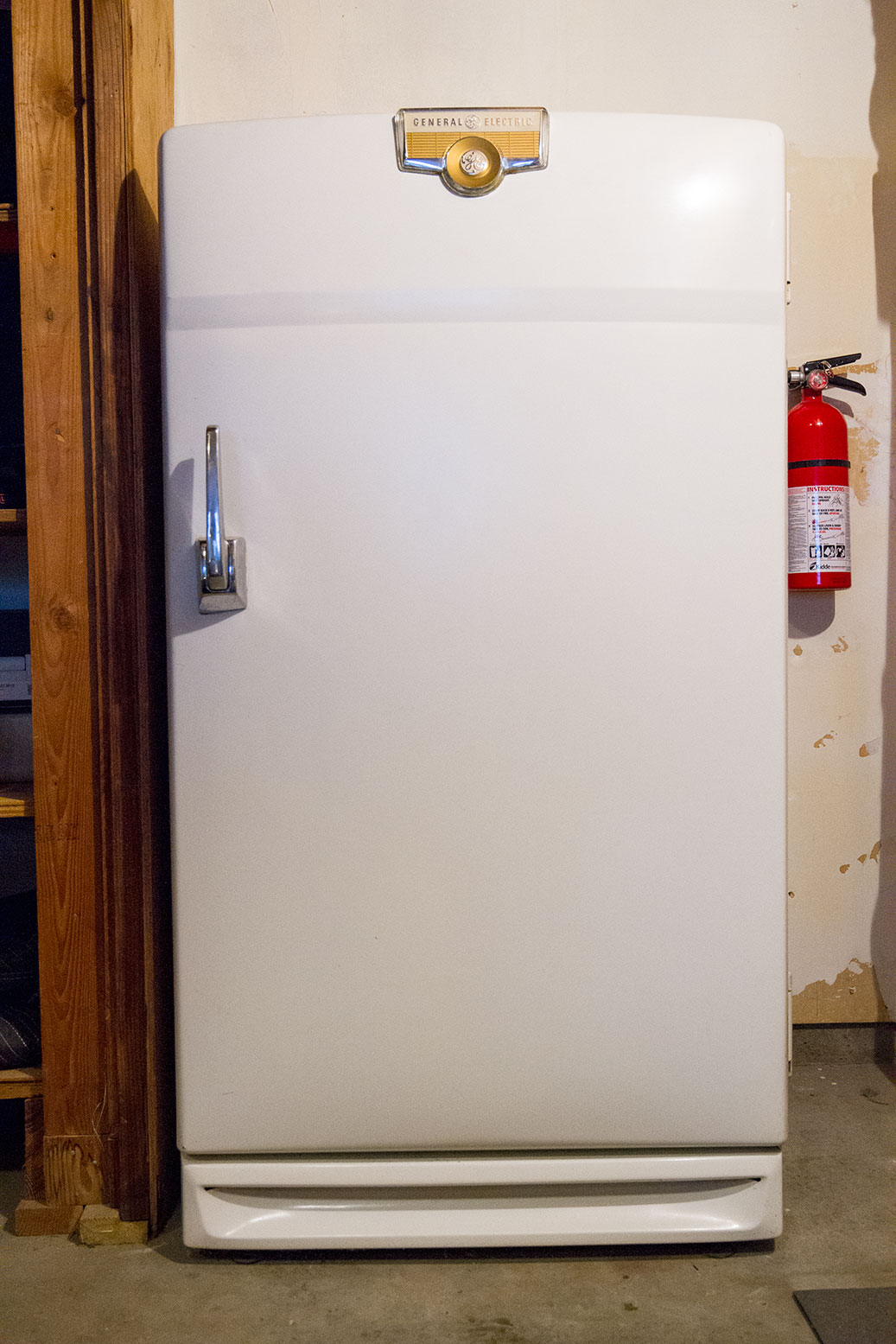
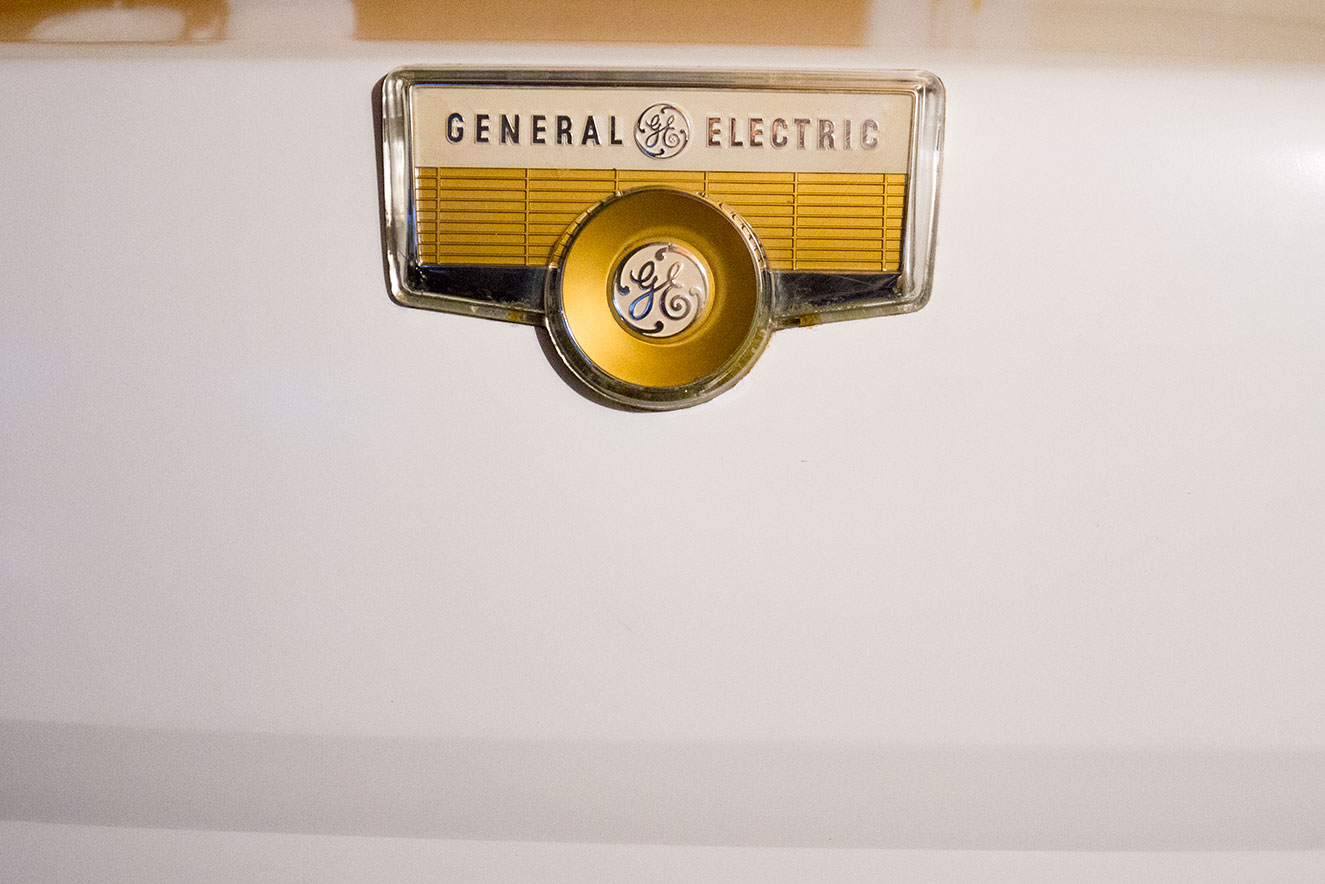
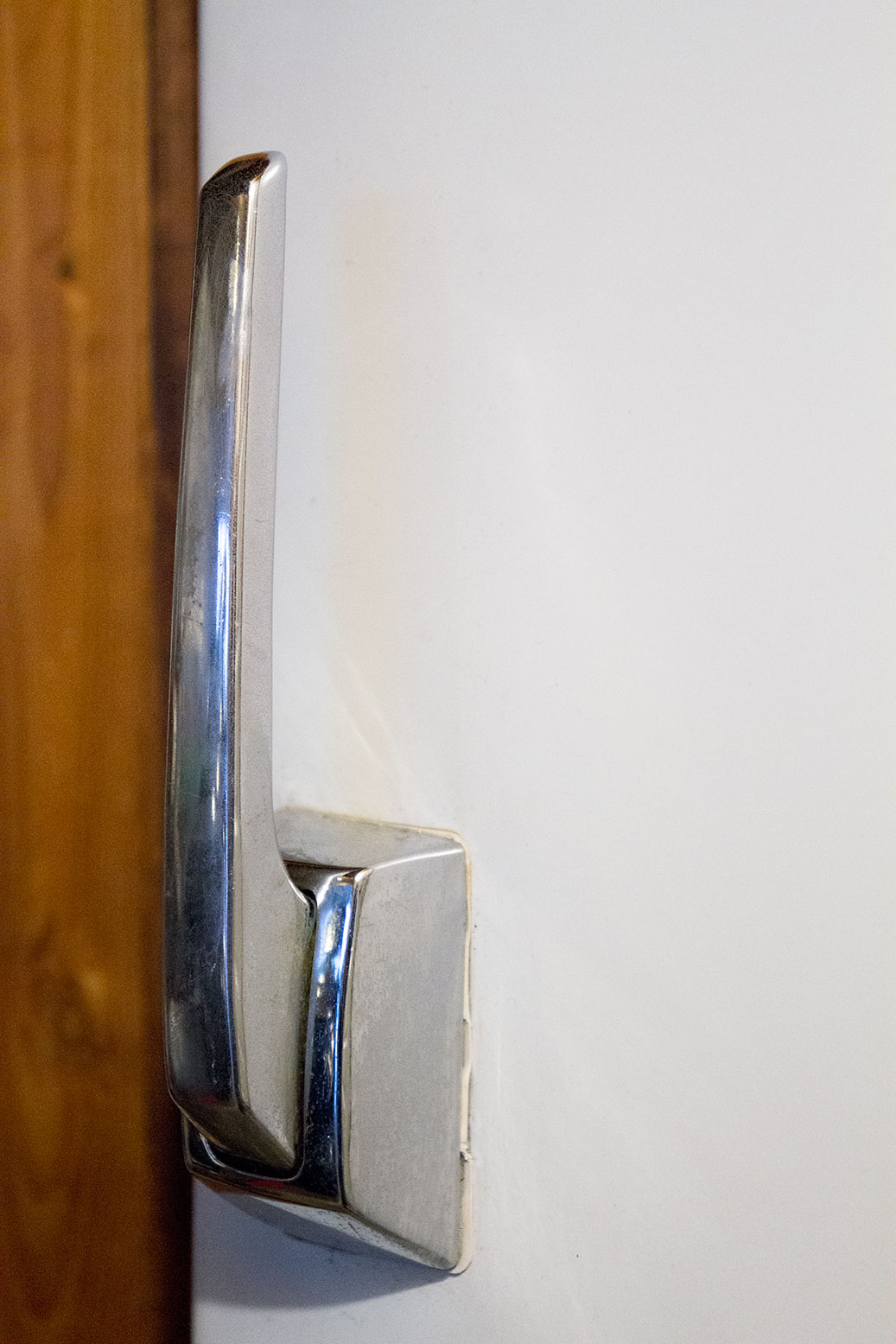
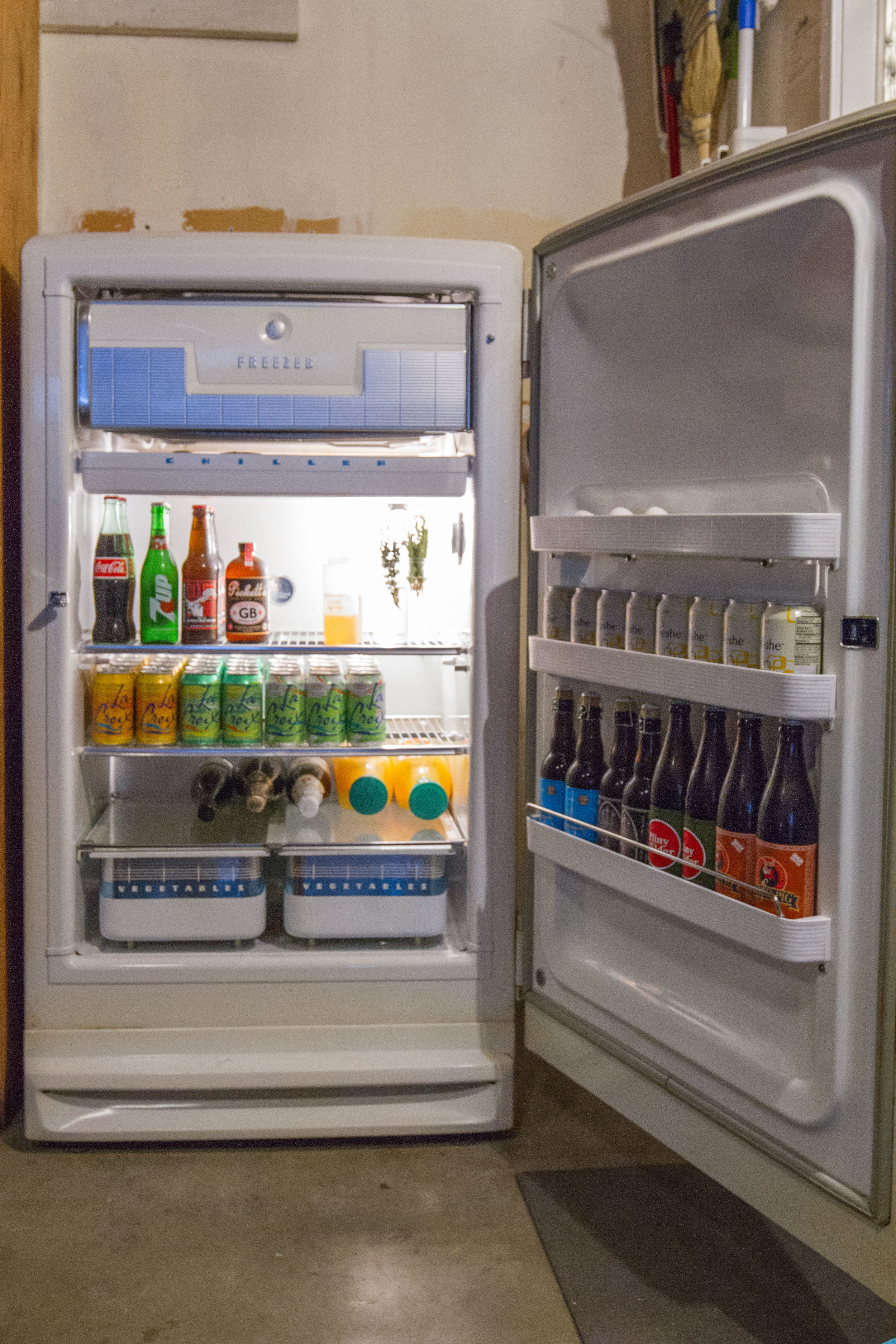
The LB-92 now lives in my garage, just outside the entry door. I primarily use this as my cocktail / beverage fridge, which comes in handy for entertaining functions both large and small. Kitchen refrigerator space is never compromised, and guests have the enjoyment of pulling down on that chrome handle to retrieve their favorite drink or ingredients. There’s still no denying this appliance is a vintage classic, and everyone is quick to comment on how cool it is.
The profile of the fridge is short and stout, adorned with a gold and chrome GE badge. Pull down the solid chrome handle, and you’ll reveal a thick gray gasket sealing the door. Inside, a treasure of turquoise and silver typographic design elements adorn the drawers and doors. Glass shelves and adjustable wire racks offer ample storage, and the inner door features additional storage for bottles and cans — even a molded tray for those cocktails that call for egg whites! The depth of the fridge is excellent for storing wine bottles, and the freezer is the perfect fit for chilled gin and vodka.
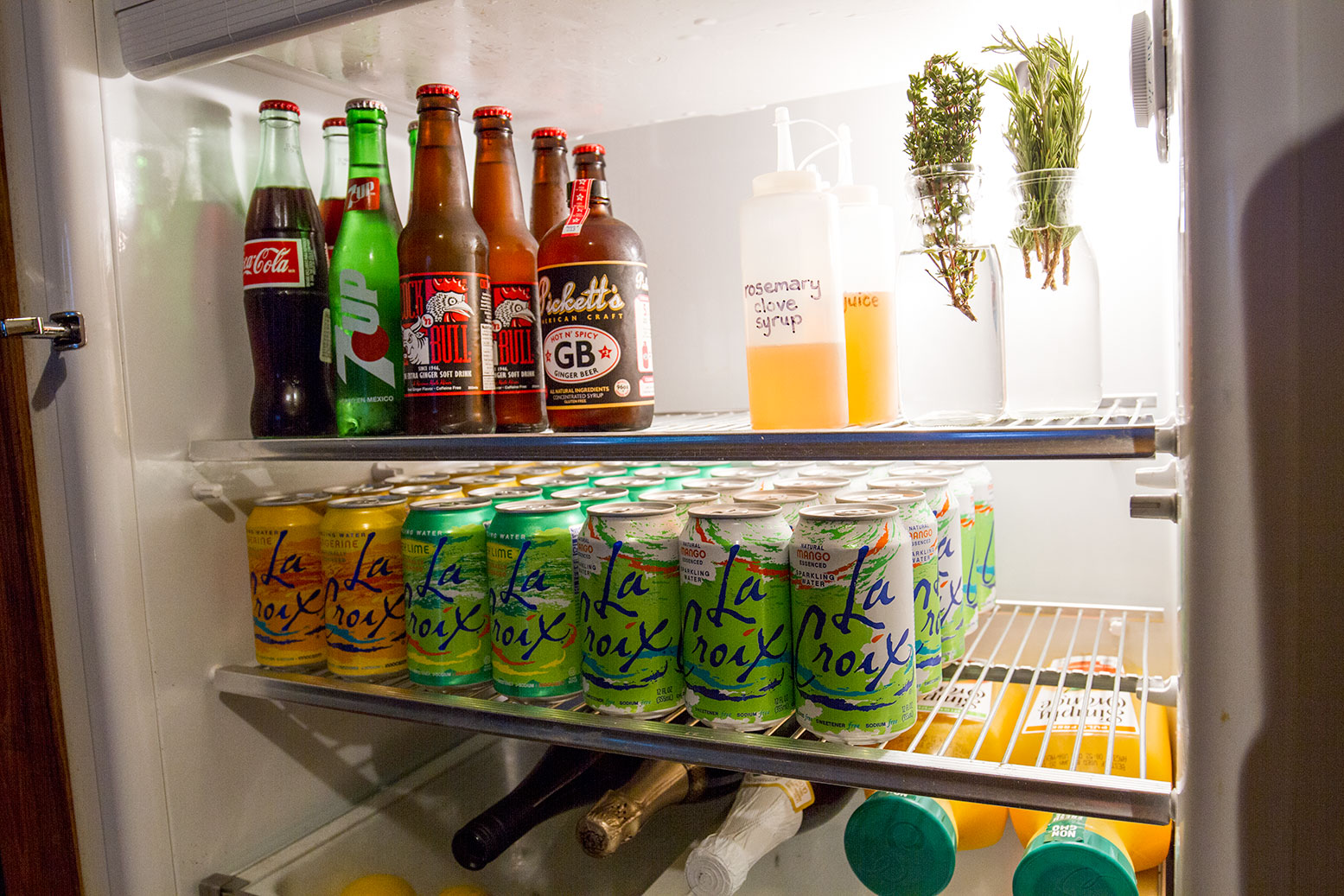
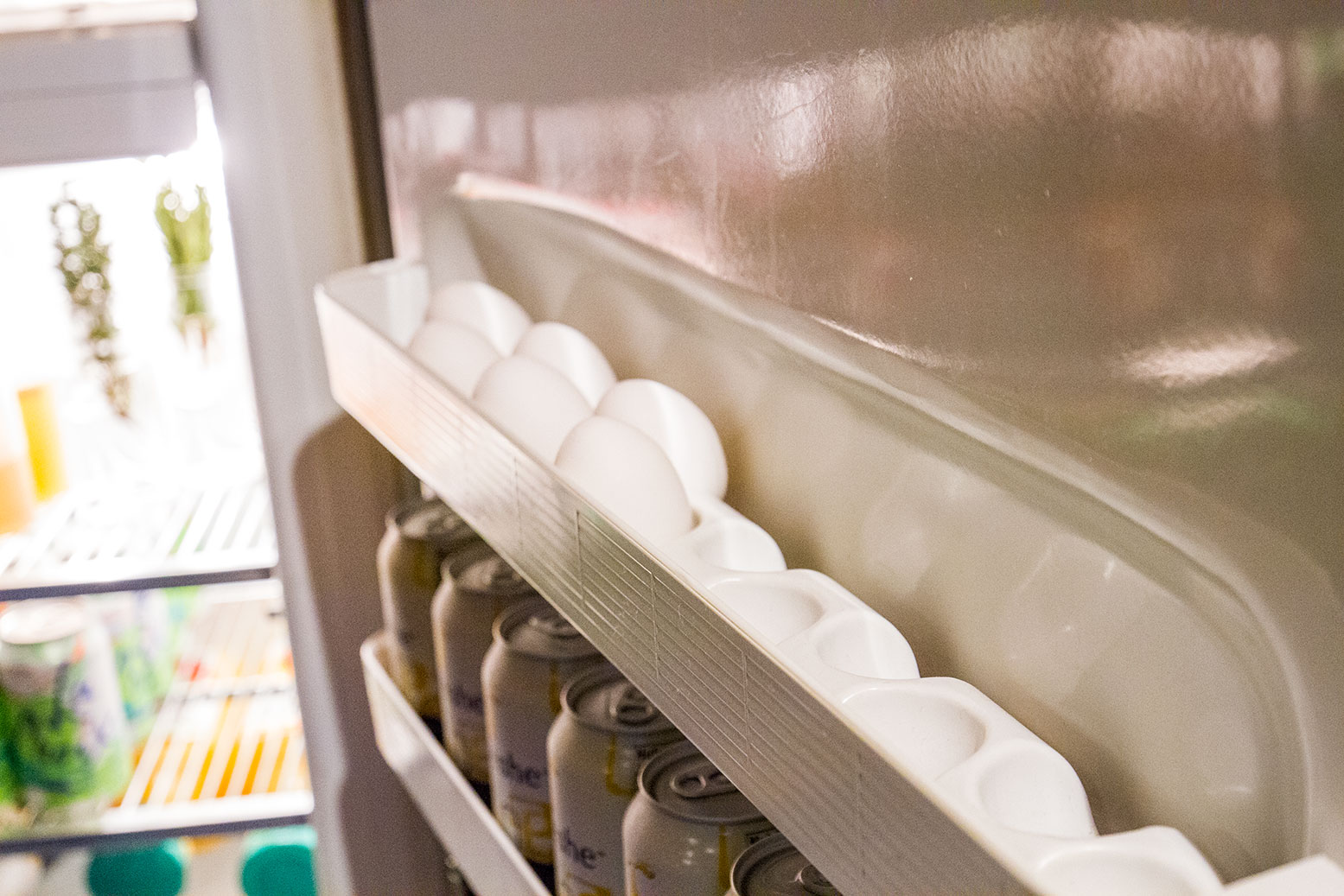
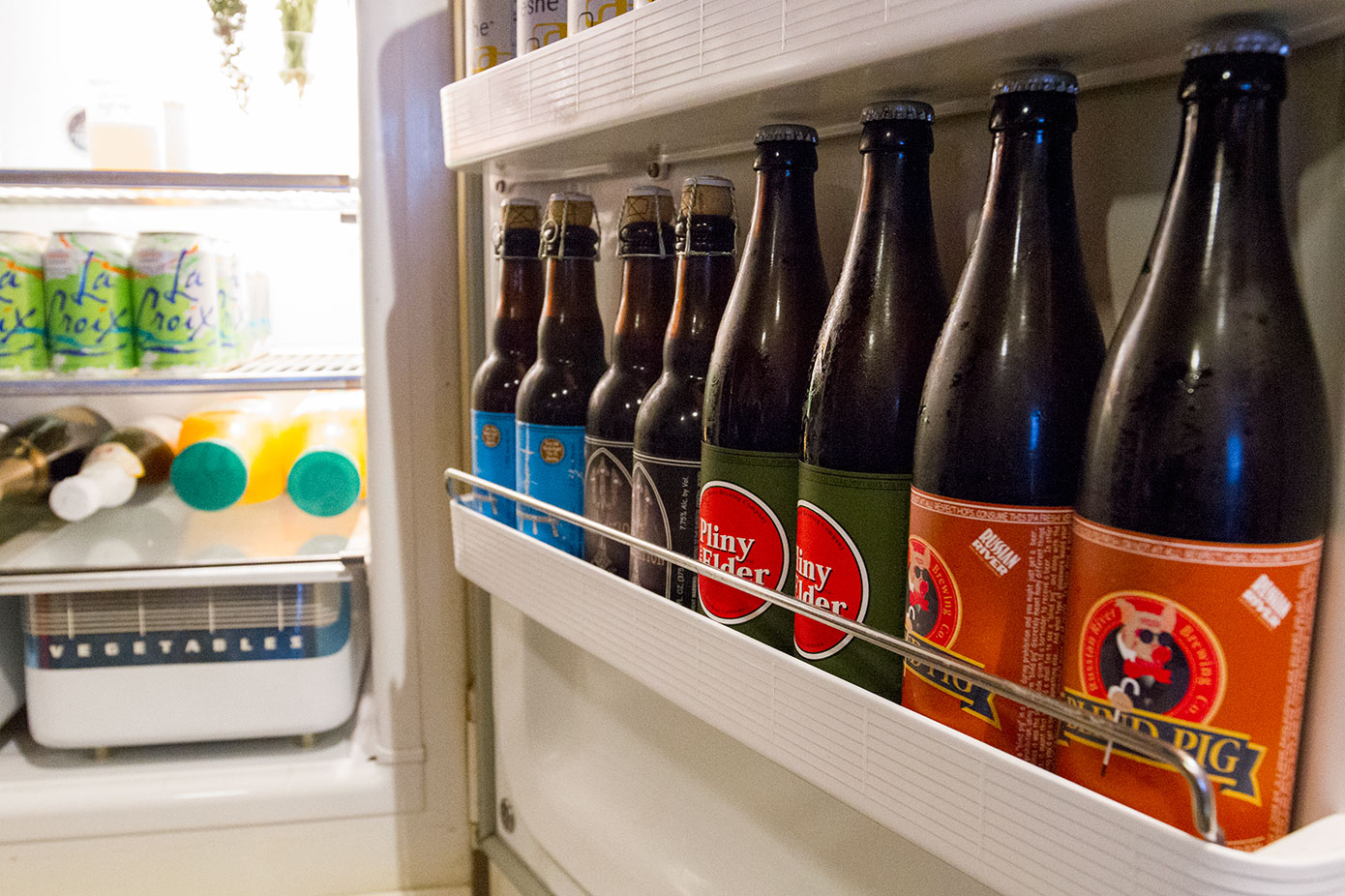
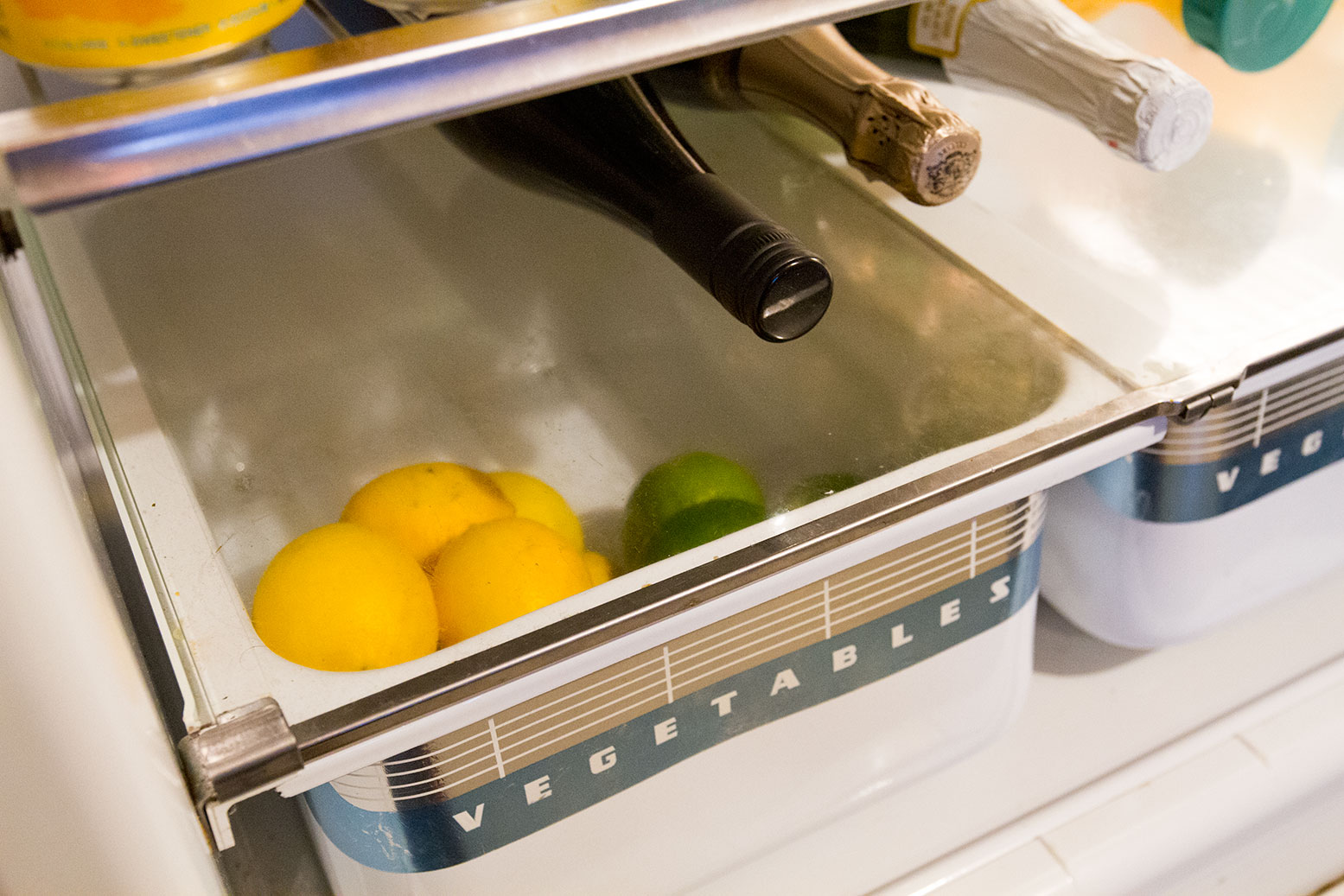
One of my favorite features is the chiller drawer, located just below the freezer. Place a room temperature beverage in the slide out drawer, and within an hour, it’s perfectly ice-cold without being frozen. This tray also acts as a drip pan for the when the freezer needs defrosting. Automatic defrost wasn’t a feature on this model, so in order to keep the freezer from building up a layer of frosty ice, the temperature wheel needs to be set to “DEF” from time-to-time. In this way, the fridge lacks modern convenience, but I find going through this process a few times per year is an enjoyable, nostalgic task that only takes a few moments to complete.
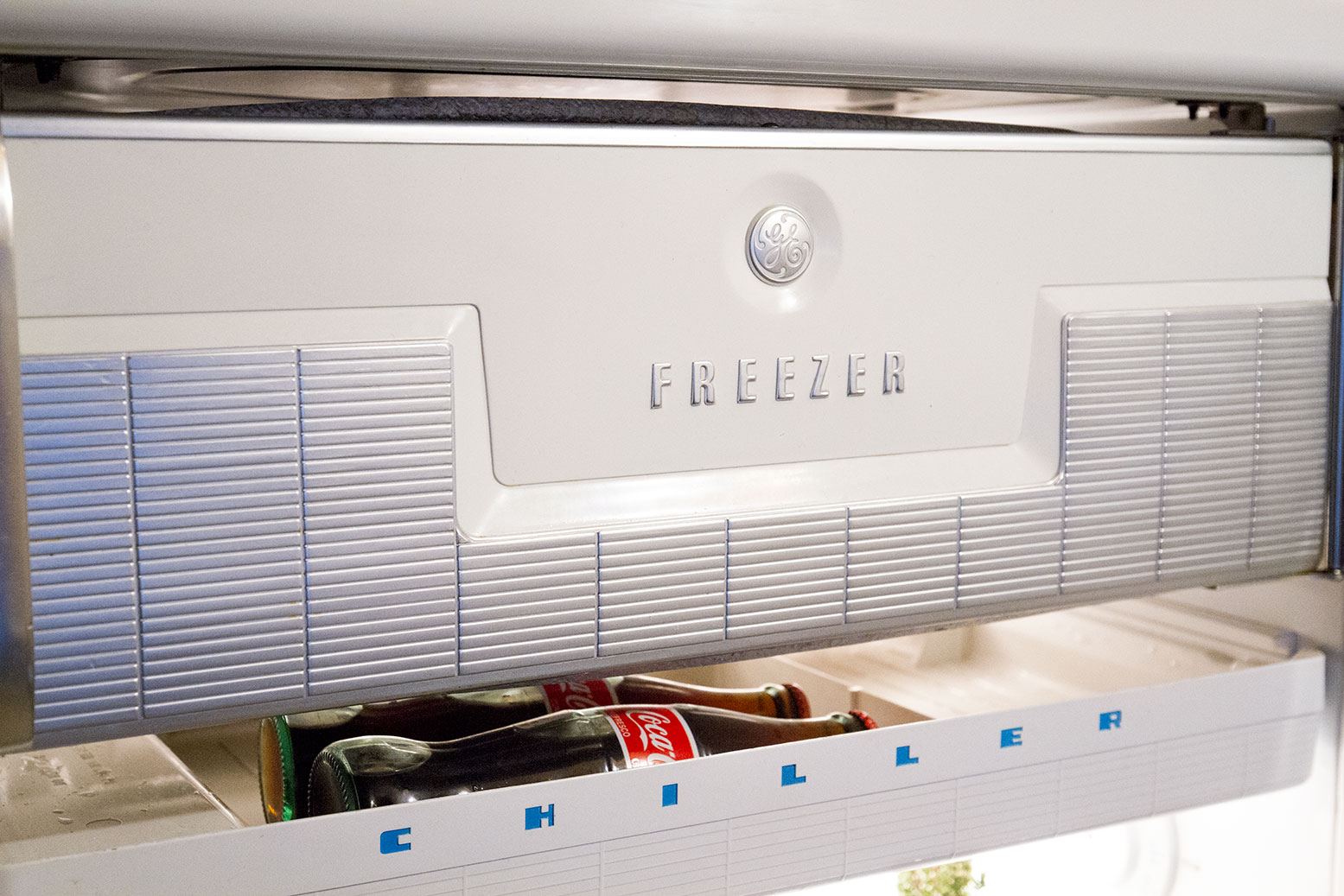
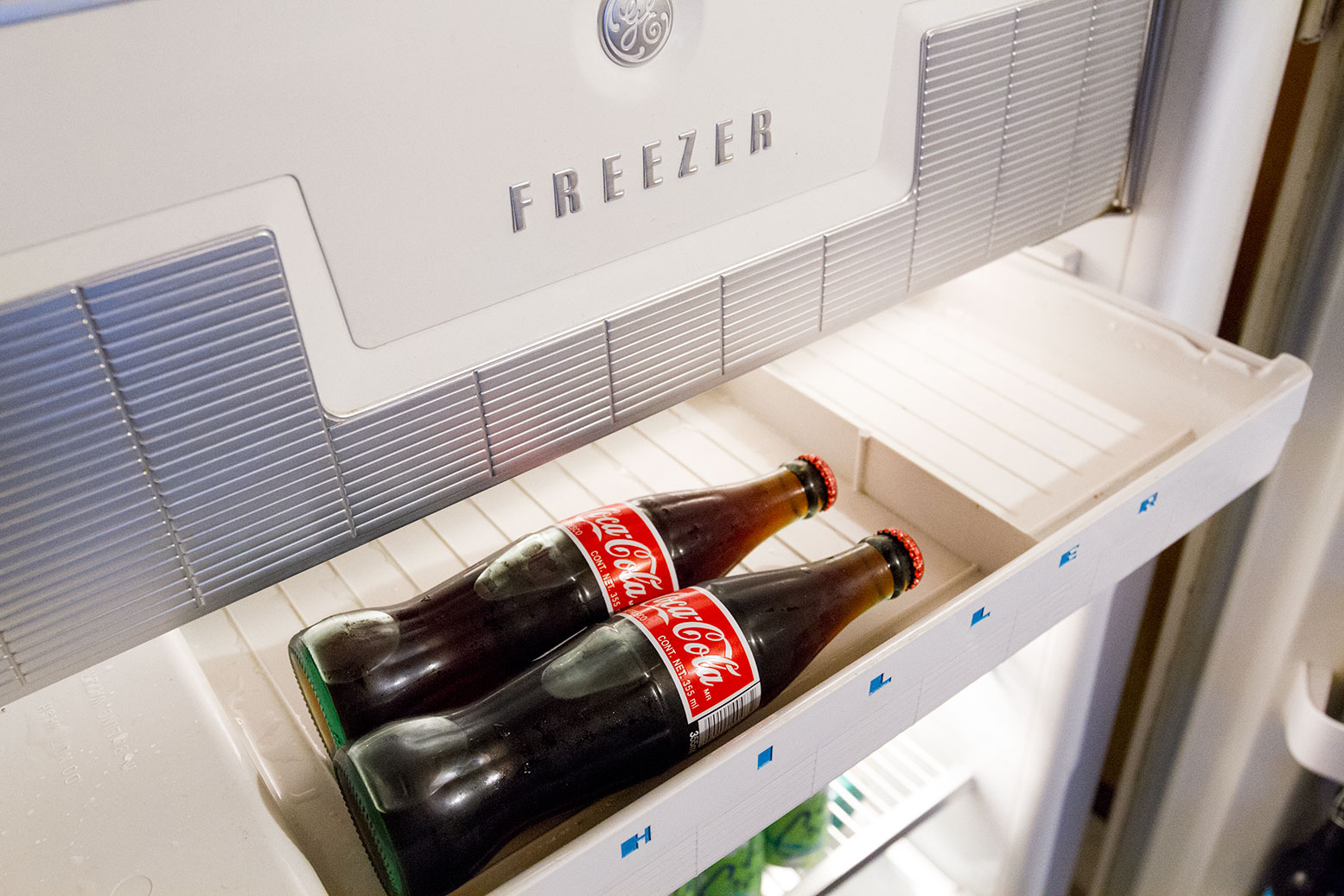

66 years later, I find it truly amazing that this wonderful appliance is still up to the task of keeping food and drinks perfectly cold. GE really made a masterpiece in 1953. While I feel that this legacy fridge has earned the rank of being displayed in a museum, I know its true home is in my garage where it’s put to use, and admired daily for its lifelong, ongoing accomplishments.
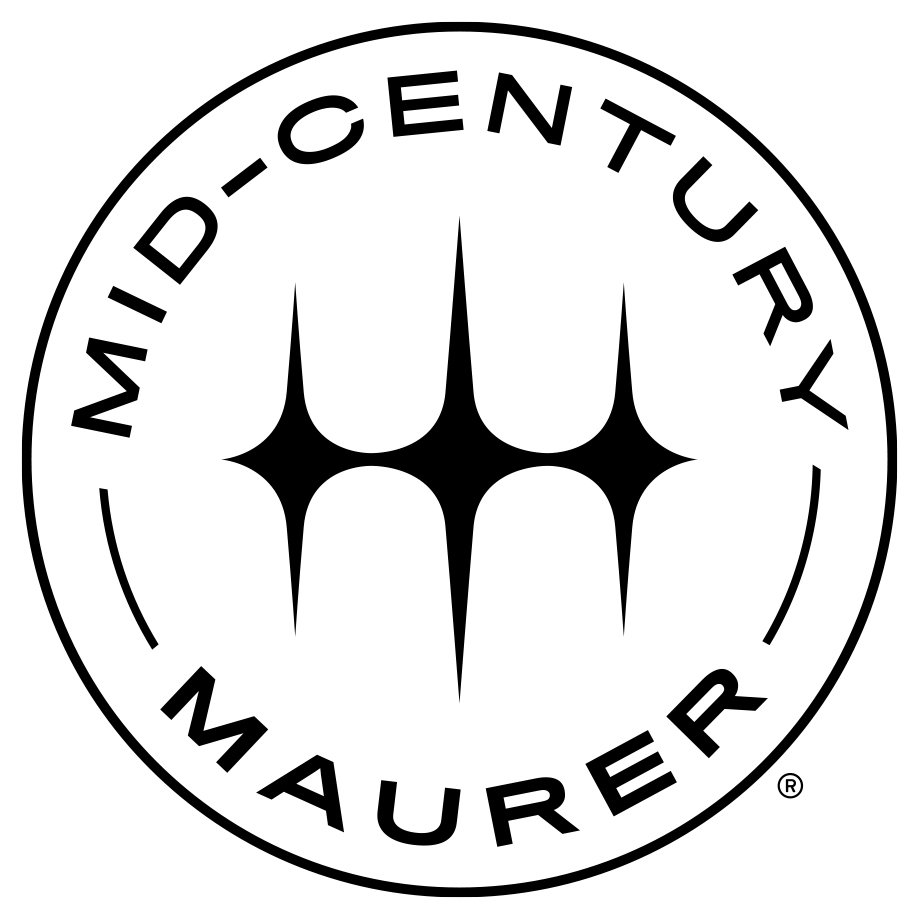
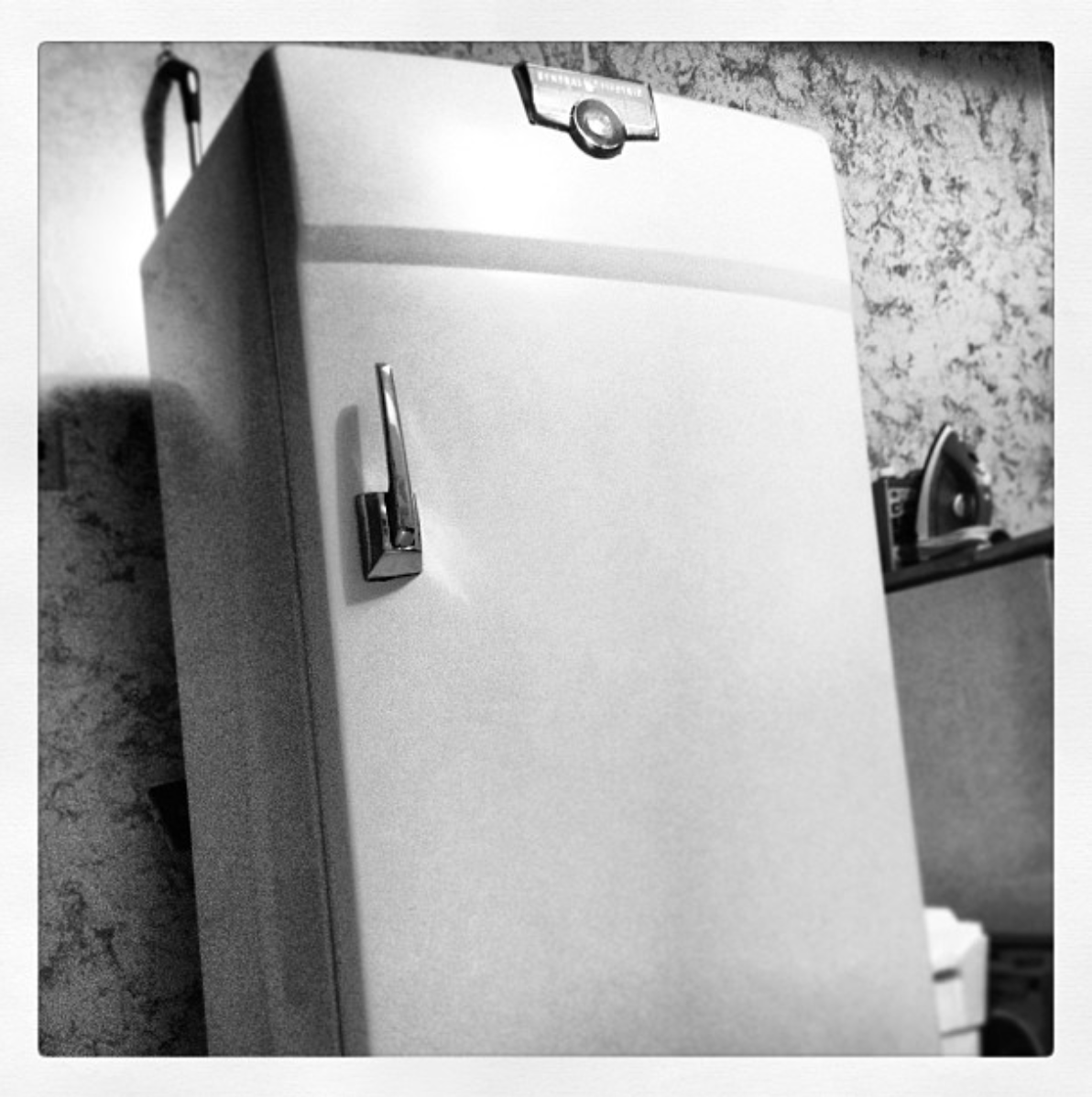
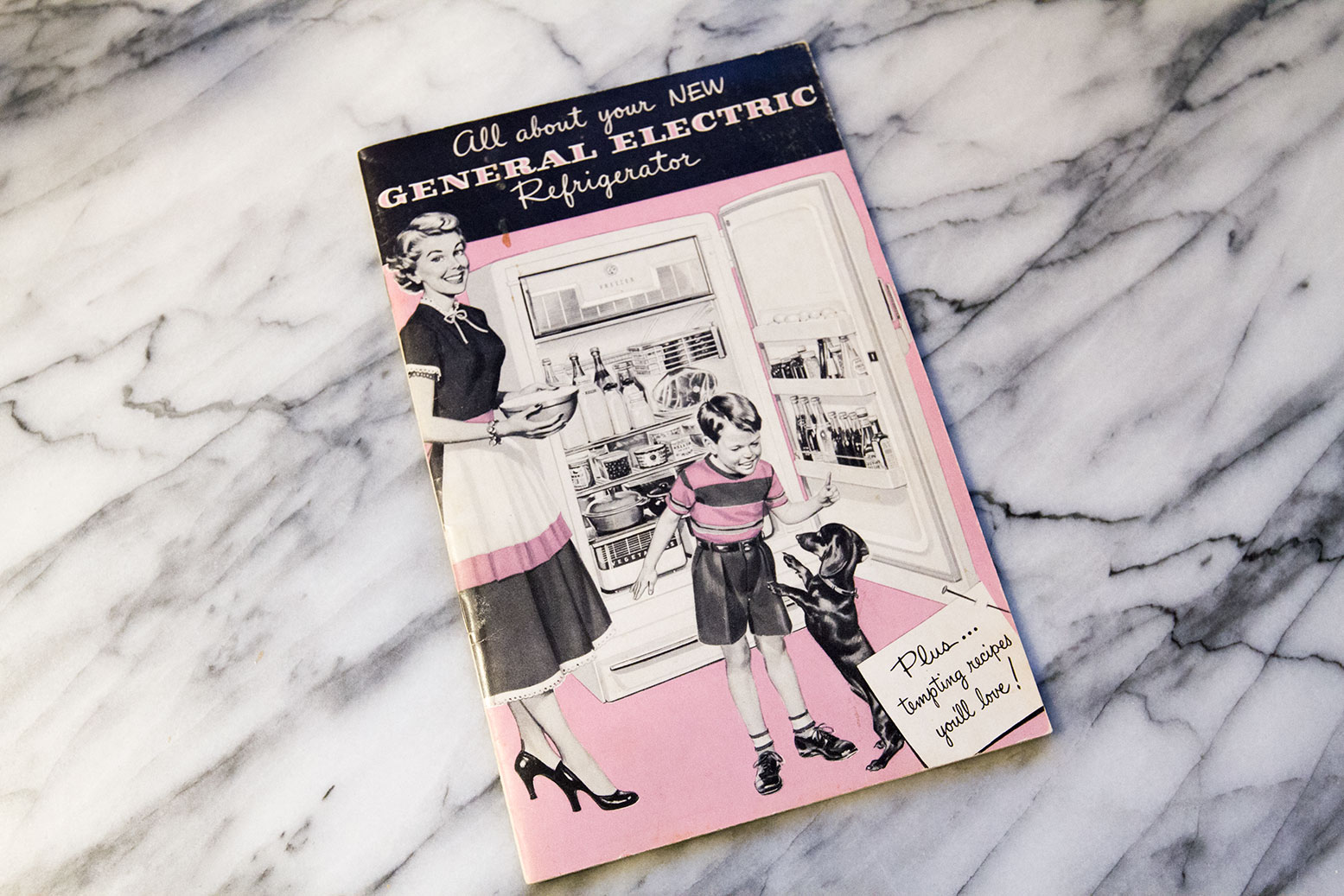






![Colorful Past[a]](https://images.squarespace-cdn.com/content/v1/5841f9e329687f59fe4d7afa/1717972459872-SADAVHVITYG2DX25FXX0/MCM_PyrexColoredBowlSetStack_Feature.jpg)